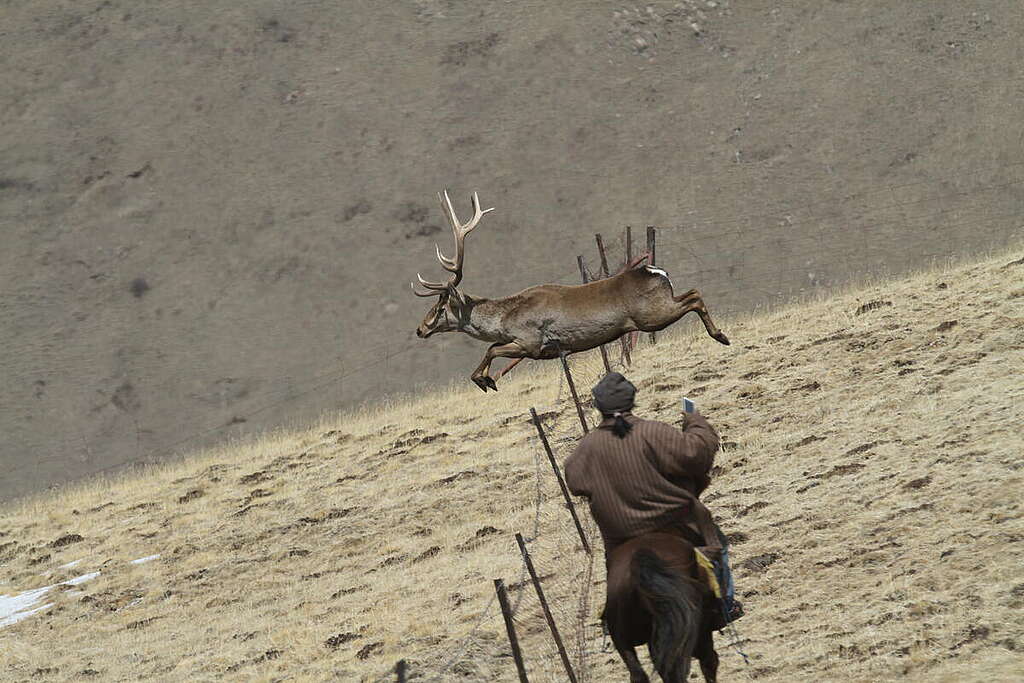
The Qinghai-Tibet Plateau is an area that often slips under the mainstream when it comes to climate change issues. Given its high-altitude location, the plateau sustains a distinctive ecosystem that is exceptionally vulnerable to the effects of climate change, posing significant challenges for pastoralist communities whose livelihoods depend on livestock. Below, two local photographers/pastoralist representatives, who know the land the best and have seen its changes over time, provide their first-hand experiences.
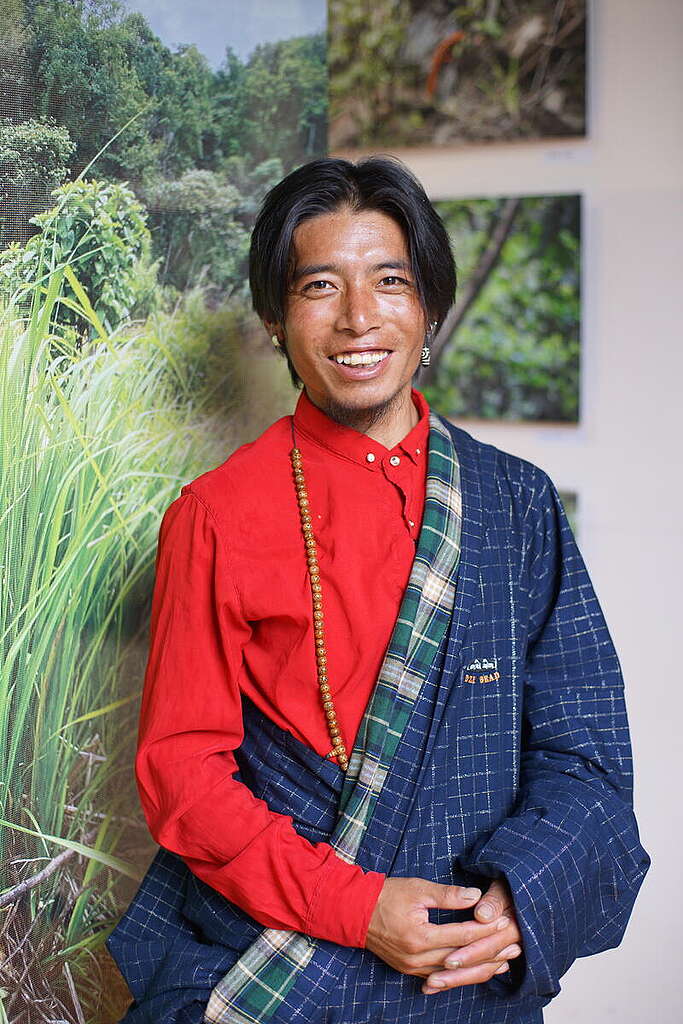
“If my photographs can inspire more people to appreciate this place …, then I believe my photography serves a greater purpose.”
Ba De is a young Tibetan herder from Nianbao Yuze, an area renowned for its expansive glaciers and lakes. According to a biodiversity survey by the Nyanpo Yutse Conservation Association, the area is home to a minimum of 620 species of higher plants, 52 species of mammals, 176 species of birds, nine species of amphibians, and 220 species of insects. Many of these species, such as the black-necked crane (Grus nigricollis) are nationally protected animals in China.
Ba De wears multiple hats as both a guardian of this ecologically rich region, and as a photographer, frequently immersing himself in the environment of Nianbao Yuze, capturing images that embody rugged grandeur and stunning nature. His photographs reflect the essence of the nomadic lifestyle impacted by climate change, showcasing the relationship between humans and their natural surroundings.
Before mid August each year, Ba De meticulously chooses a day when snowfall will be absent. This is so he can brave the challenging ascent to the summit of the hallowed mountain in Nianbao Yuze, a place inaccessible even to untamed creatures, to locate a sacred spot and capture a snapshot of the majestic glacier. Driven by an insatiable curiosity, he yearns to discern whether the once-imposing snow-capped mountains of Nianbao Yuze are, indeed, dwindling.
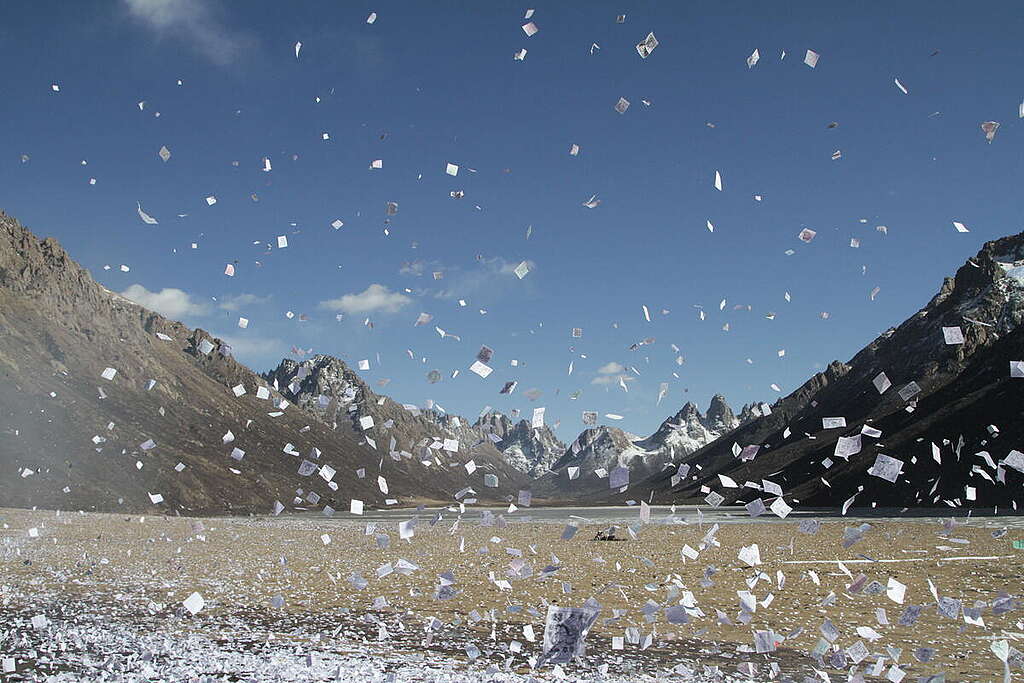
A few years ago, Ba De didn’t understand what climate change meant. He simply noticed that the grasslands in Nianbao Yuze were shrinking day by day, with more and more land turning black, unable to recover its original state. The same was happening in the high mountain regions. Every summer, the glaciers undergo changes, exposing more rocks. But through his camera lens, he sought to document the appearance of the glaciers and see if the snow-capped mountains, like the grasslands, were gradually declining.
“I hope others see my photos, not to receive compliments on my skills, but to enable those who haven’t experienced the beauty and richness of my homeland to witness it through their eyes. If my photographs can inspire more people to appreciate this place and understand the importance of preserving the Nianbao Yuze region, then I believe my photography serves a greater purpose. Moreover, if the environment in my hometown deteriorates in the future, I can show these photos to my children, ensuring that the memory of Nianbao Yuze’s former beauty remains alive within everyone,” Ba De said.
“It was so close to me, and I believe it noticed me too.”
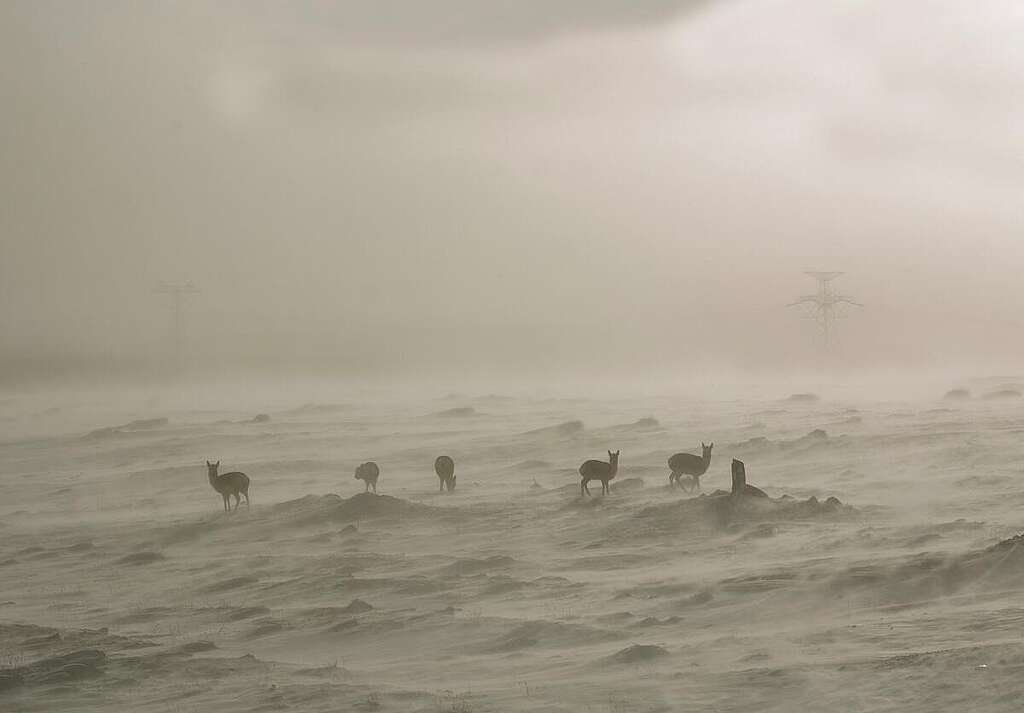
Puwajie is also a photographer. Born in Golog Prefecture, he has always held a deep reverence for nature. In 2007, Puwajie joined forces with a legendary Tibetan Lama, Zaxi Sang’o Khenpo, to establish the Nyanpo Yutse Conservation Association, where he assumed the role of Vice President. He has actively organized numerous nature conservation activities and conducted training and environmental education programs for herders. With a decade of experience in wildlife ecological monitoring, his photography has received multiple awards.
During his conservation field trips, Puwajie developed a growing passion for capturing wild animals through his camera. One experience of photographing a snow leopard remains etched in his memory.
“One day, my friend approached me, informing me that his sheep had been killed by a snow leopard during the night. He asked me to keep watch near his home the next evening, as there was a chance of encountering the elusive creature. That night, I waited near his home and indeed, I saw the snow leopard. It was so close to me, and I believe it noticed me too. It was my first time seeing a snow leopard, and I managed to capture it on camera. I was truly overwhelmed with excitement.”
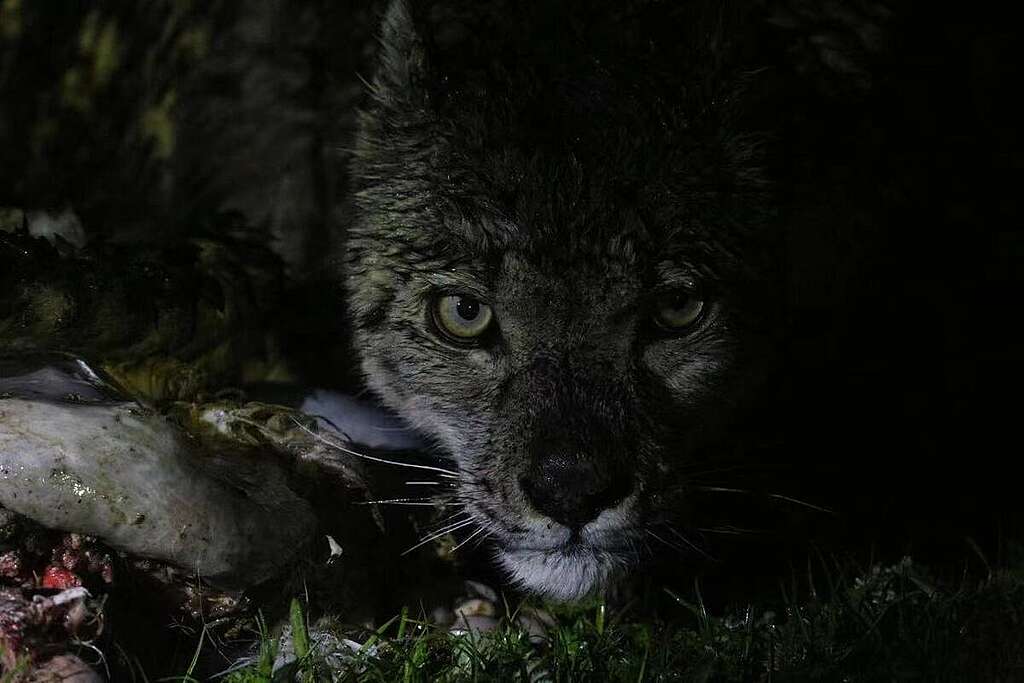
Restoration and rebirth
In September 2023, the Greenpeace Beijing office proudly presented the captivating photography exhibition “Restoration and Rebirth: Documenting the Harmony of Nature and Humanity” in the south-western Yunnan province. It showcased an impressive array of work from numerous photographers and artists. Notably, Ba De and Puwajie significantly contributed their extraordinary imagery to this event.
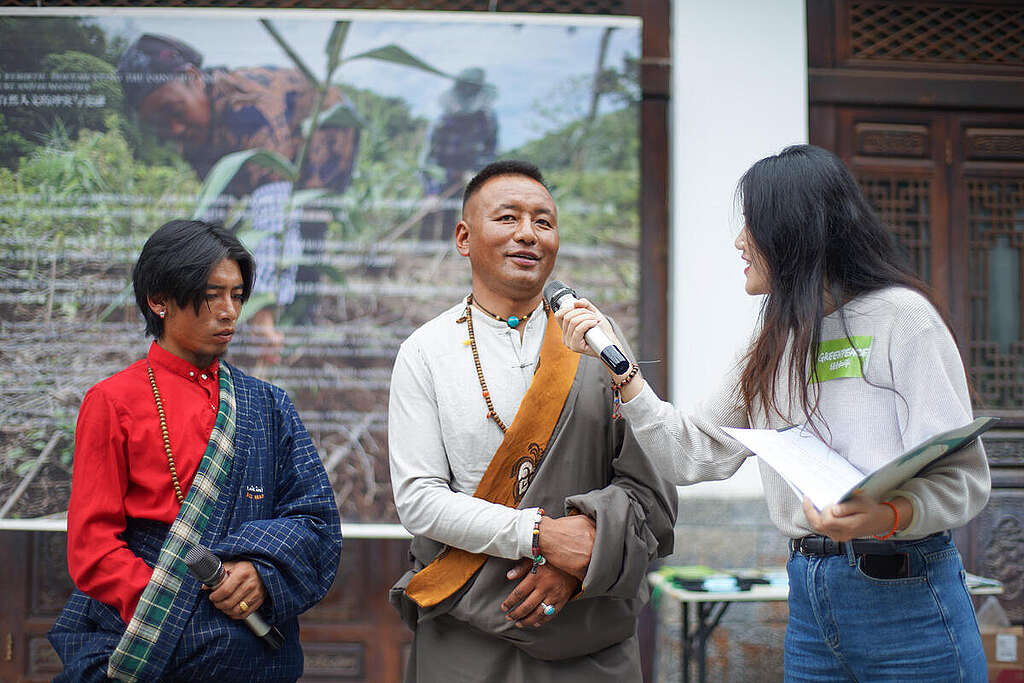
The selection of Yunnan as the exhibition’s location is attributed to its renowned biodiversity and significant role as a conservation area in China. Against this backdrop of abundant natural treasures, Ba De and Puwajie captivated the Yunnan indigenous residents with their personal tales intertwining climate change and nature, which received enthusiastic responses. Through this exhibition, and others like it, we seek to inspire more people to take action and promote the coexistence between humanity and nature.
Cai Yuanhui (Stephanie) is the Communication Manager at Greenpeace East Asia, Beijing
Qilin Liu is the International Communications Officer at Greenpeace East Asia, Beijing
